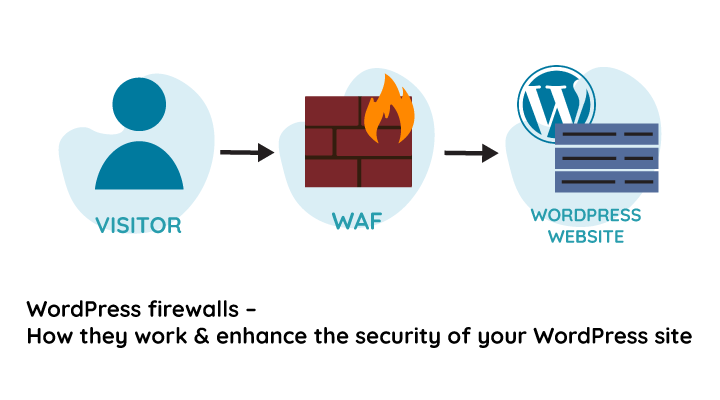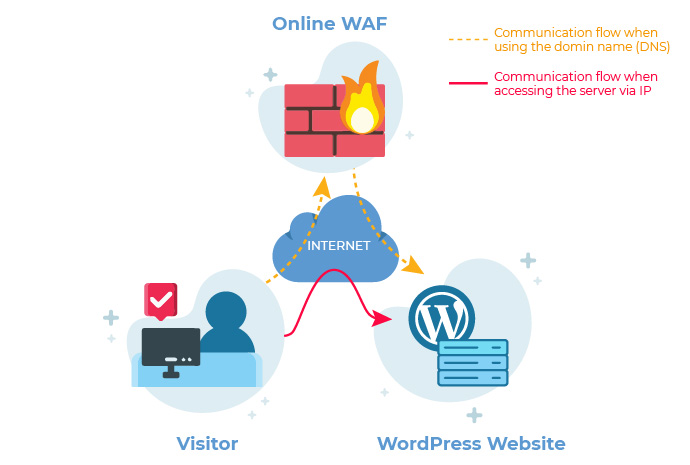To implement a Web Application Firewall (WAF) for protecting a WordPress site, you can use several approaches:
-
Use Hosting Provider’s Built-in WAF: Many WordPress hosting providers include integrated WAFs that filter malicious traffic at the server level before it reaches your site. This is often the easiest and most efficient method, as it requires minimal setup and reduces server load. Providers like WP Engine, SiteGround, Hostinger, Cloudways, Bluehost (with add-ons), Kinsta, and Liquid Web offer such WAF services.
-
Install a Dedicated WAF Plugin: WordPress-specific WAF plugins like Wordfence provide application-level firewalls that filter malicious requests early in the WordPress initialization process, protecting against common attacks targeting WordPress core, themes, and plugins. These plugins run within your WordPress environment and can be configured via the WordPress dashboard.
-
Use Cloud-Based DNS-Level WAF Services: Services like Cloudflare or Sucuri act as a proxy, routing your traffic through their network and blocking malicious requests before they reach your server. DNS-level firewalls are highly effective at reducing server load and blocking emerging threats by analyzing traffic across many sites.
-
Configure and Customize WAF Settings: After installation, configure your WAF by enabling features like brute force protection, IP allowlisting (whitelisting), and blocklisting (blacklisting). For example, Jetpack Security’s WAF can be installed via the WordPress plugin repository and configured to block or allow specific IPs, with minimal user setup required.
How a WordPress WAF Protects Your Site:
- It filters incoming HTTP/S traffic, allowing only legitimate requests based on security rules.
- Acts as a proxy to inspect and block harmful traffic before it reaches your site.
- Uses allowlisting to permit trusted IPs and blocklisting to deny known threats.
- Protects against common web attacks such as SQL injection, cross-site scripting (XSS), brute force login attempts, and DDoS attacks.
Summary of Implementation Steps:
- Check if your hosting provider offers a built-in WAF and enable it.
- Alternatively, install a reputable WordPress firewall plugin like Wordfence or Jetpack Security.
- For enhanced protection, consider a cloud-based WAF service like Cloudflare or Sucuri.
- Configure firewall rules, including IP allow/block lists and brute force protection.
- Regularly update your WAF and WordPress components to maintain security.
This layered approach ensures your WordPress site is shielded from a broad range of cyber threats while maintaining performance and reliability.




















WebSeoSG offers the highest quality website traffic services in Singapore. We provide a variety of traffic services for our clients, including website traffic, desktop traffic, mobile traffic, Google traffic, search traffic, eCommerce traffic, YouTube traffic, and TikTok traffic. Our website boasts a 100% customer satisfaction rate, so you can confidently purchase large amounts of SEO traffic online. For just 40 SGD per month, you can immediately increase website traffic, improve SEO performance, and boost sales!
Having trouble choosing a traffic package? Contact us, and our staff will assist you.
Free consultation